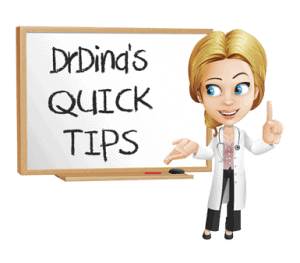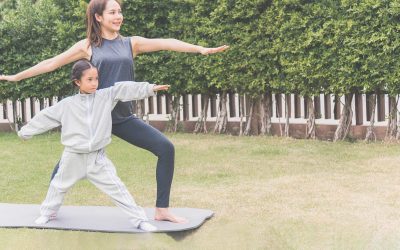Anatomy Of A Shoe
I often see parents who bring their children into my clinic for foot problems. Aches and pains in kids can mean many different things. Whatever the complaint, I will always sneak a peek at the shoes they are wearing since improper footwear can sometimes be the culprit. I find myself giving parents advice on what shoes to buy and what features to look for in a good shoe. I say things like “make sure it has good support”, “look for a solid, controlling shoe”, “buy something that has stability”. What does that all mean? I thought I’d use this month’s blog to breakdown the basic anatomy of a shoe and explain how a good shoe can help eliminate foot problems.
I say things like “make sure it has good support”, “look for a solid, controlling shoe”, “buy something that has stability”. What does that all mean?
Most children will require a shoe that offers good support, stability, and control. A shoe is dividing into two parts: the upper and the lower. Basically, the upper of a shoe is everything that is above the sole. The important thing to keep in mind when looking at the upper of a shoe as a whole is the material it’s made of. Nowadays shoes can be made from a variety of materials, but it really comes down to leather (natural) or synthetic (man made). Leather uppers will always be optimal over a synthetic choice. Leather is breathable (good for those sweaty, stinky feet) and can help maintain the foot’s temperature. It also will adapt better to the natural shape of the wearer’s foot. Synthetic shoes don’t accommodate foot shapes well.
Leather uppers will always be optimal over a synthetic choice. Leather is breathable (good for those sweaty, stinky feet) and can help maintain the foot’s temperature.
One part of the upper is the vamp. The vamp is the front part of the shoe that comes up over the top of the foot (including the tongue) and covers the toes and the instep. An athletic shoe will have a longer vamp than a ballet flat will. The more coverage the vamp offers, the more supportive a shoe will likely be. Another part of the upper is the toe box. The toe box retains the shape of the shoe and provides protection for the toes. The toe box can be various widths and depths depending on the style of the shoe.
When choosing a shoe, you want to make sure that the toe box is wide enough so that the toes aren’t crowded. Shoes that come to a point in the toe area or narrow often push the toes together and squish them. A good way to know how much room you have in the toe box of your shoes is to take a tracing of your foot when you are standing without shoes on and then compare the width your toes need to the width the shoes allow.
One should never walk on the back of their shoes or “break” the back of the shoe.
The heel counter is the last part of the upper you should be aware of. The counter is the part at the back of the shoe the hugs your heel. It is a rigid piece of material that helps to stiffen the shoe. The heel counter helps to stabilize your foot. If the material used to create the heel counter is flimsy then the shoe doesn’t provide any stability to the foot. This is why one should never walk on the back of their shoes or “break” the back of the shoe. Shoes should always be put on properly in order to maintain the integrity of the shoe.
The entire lower component of the shoe should not twist over itself when twisting in opposite directions.
The lower part of the shoe is everything on the bottom of the shoe consisting of the sole, insole, heel, and shank. The sole, or outsole, is the entire bottom of the shoe that comes into contact with the ground. The more contact, the more stable; that’s why stilettos aren’t stable. Outsoles can provide traction, grip, durability, and water protection. This part of the shoe is probably the most vulnerable to wear and tear and the shoe needs to be replaced when it does happen. The insole is the part inside the shoe in-between your foot and the bottom of the shoe. This part of the shoe provides comfort for the wearer and can also offer some support to the wearer. The insole is usually removable, this allows space in the shoe to add more support such as an orthotic. The shank reinforces the strength of the outsole and the heel is the raised part of the back portion of the shoe. The entire lower component of the shoe should not twist over itself when twisting in opposite directions. If this does happen, the shoe does not provide any stability.
Quick Tips:
-
The heel counter should be rigid
-
The outsole should be strong and not easily twisted
-
The vamp of the shoe should bend only where the foot bends
Does your child have fungus on feet?
Want to learn how to heal a sprained ankle?
What are the best shoes for flat feet?











